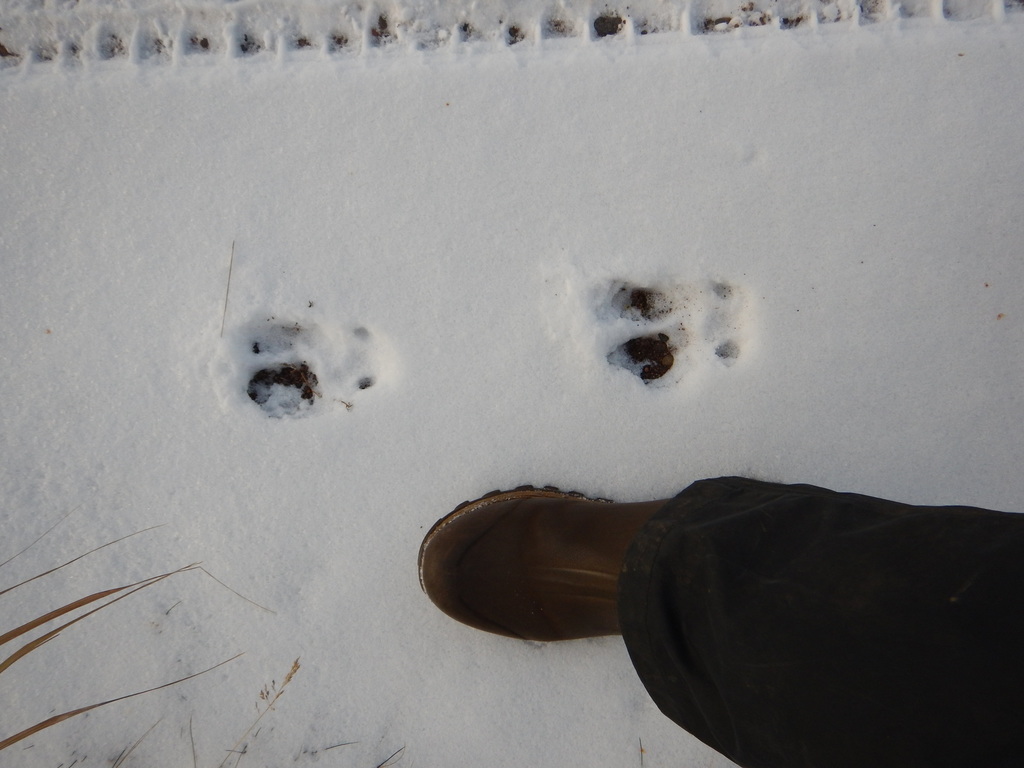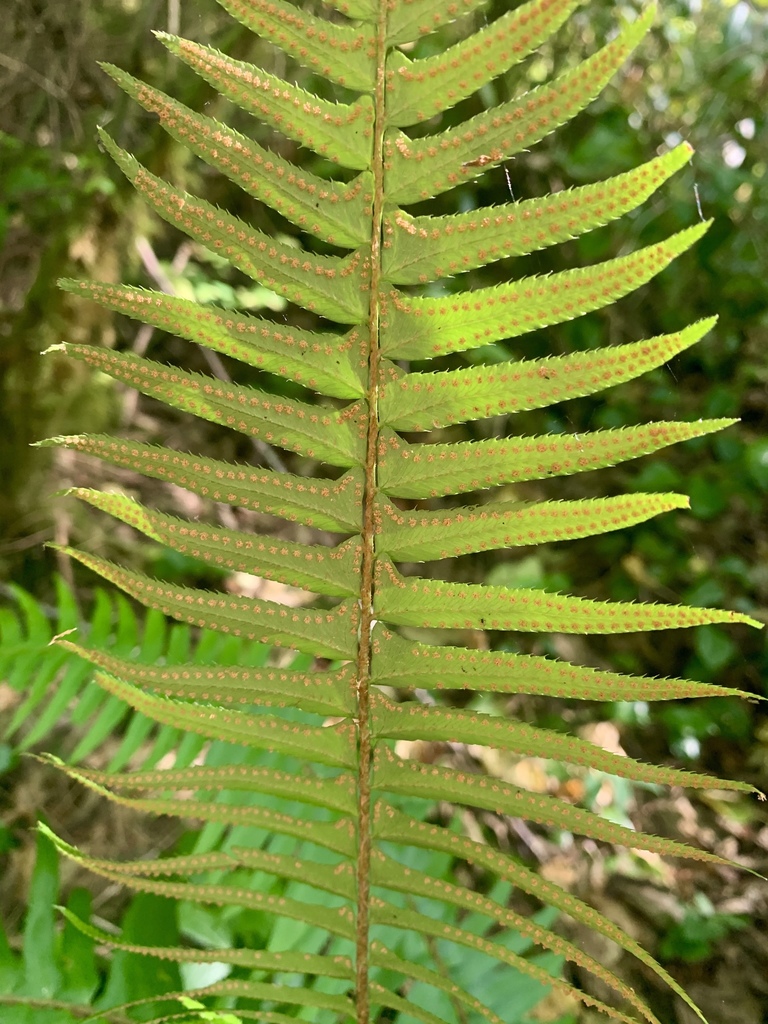Tracking: Patterns
Last week we looked at how to identify tracks an animal made by their print (the shape of their indent). We counted toes, looked for claw marks, and examined the shape of various tracks to help identify the animal that made them. This week, we will dive into track patterns , which are FASCINATING!
All land animals move. For those animals with four legs, most of them move in similar ways, albeit at different times and speeds. Track patterns look at the spacing and alignment of the various prints, rather than the prints themselves.
Diagonal Walkers
In this gait, the front-left and back-right feet (diagonal) will move at the same time. Often, the back feet land in the same space the front feet just vacated, making for a very efficient movement. Deer, dogs, and cats will move in this way.Amblers
Their body shape and size make it easier for them to sway side to side. In the video, note how the bear will move its front-right and back-right feet at the same time, then the front-left and back-left feet. Other animals that move this way include skunks, beavers, and raccoons. The different gaits result in different track patternsBounders
Their front feet land first, quickly followed by their back feet just behind, often overlapping. This a common pattern for slim, long bodied animals like weasels, fishers, mink, and marten.Gallopers
Animals like hares and squirrels use this movement by landing with their front feet first, then their back feet actually ahead of their front feet. Keep a close eye on the hare as it moves through the snow."
Did you notice anything else? What gait was the lynx moving in when it was moving slowly? How about when it was chasing the hare at full speed? While many animals have a "standard" gait, most will use many different gaits while moving at different speeds. The above video is a great example of both animals changing gaits and sometimes using the same one.
This last video, midway down THIS PAGE, does a good job of showcasing the transition an animal makes as it moves through different gaits.
Finally, the below picture is a good representation of what these patterns might look like when you find them in the snow, dirt, or sand. Happy tracking!









 Congrats to everyone on reaching this first, big milestone of 100 observed species. Who knows where we will be in a month!
Congrats to everyone on reaching this first, big milestone of 100 observed species. Who knows where we will be in a month!









